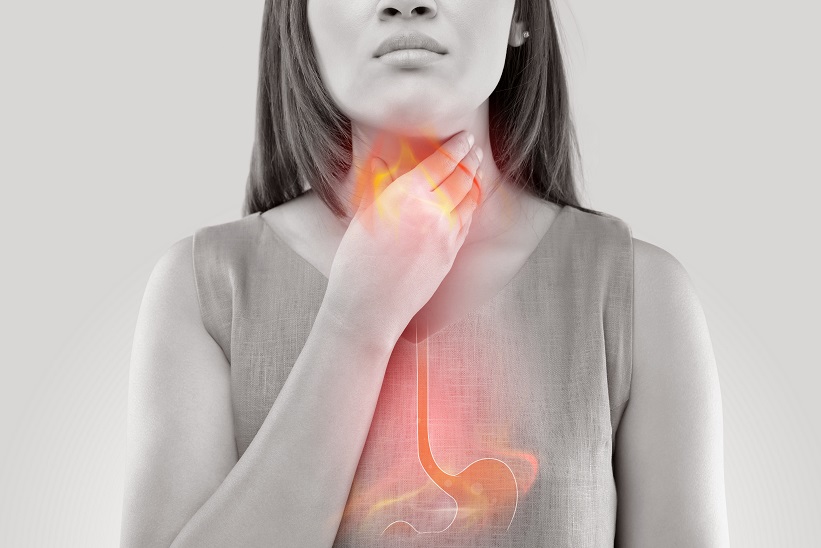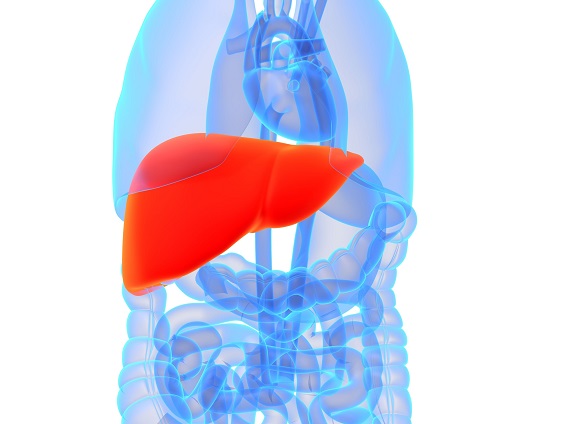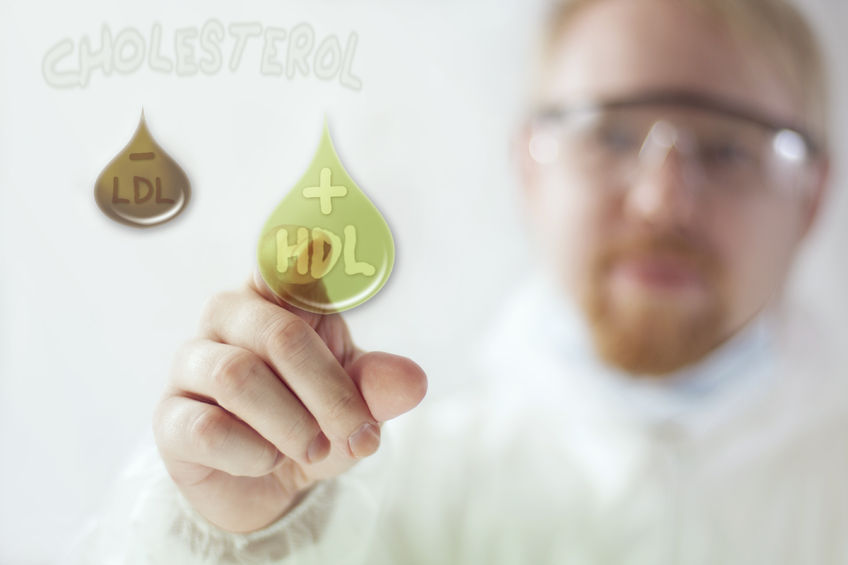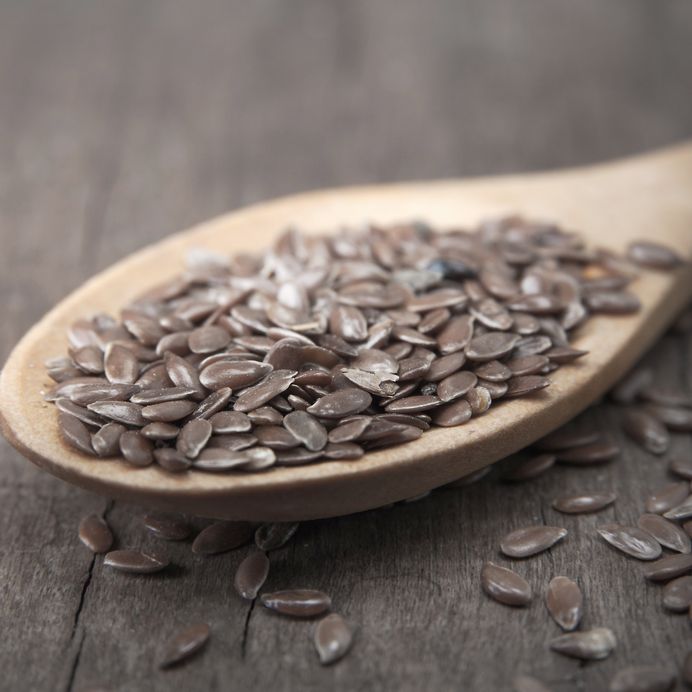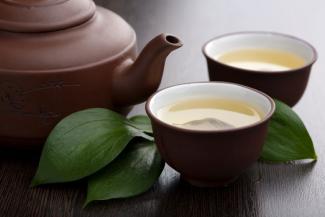Related Articles
- 26 Jul 18
Every organ in the body has a unique and essential role in maintaining balance in the body. The harmony that is created when they all work well together can really energize us—but can equally deplete us when offset. The liver is an integral part of health and serves as a crossroads between many systems of the body.
- 01 Nov 13
$path = isset($_GET['q']) ? $_GET['q'] : '
';
$link = url($path, array('absolute' => TRUE));$nid = arg(1);
if ($nid == 201311){
?>download pdf
}
?>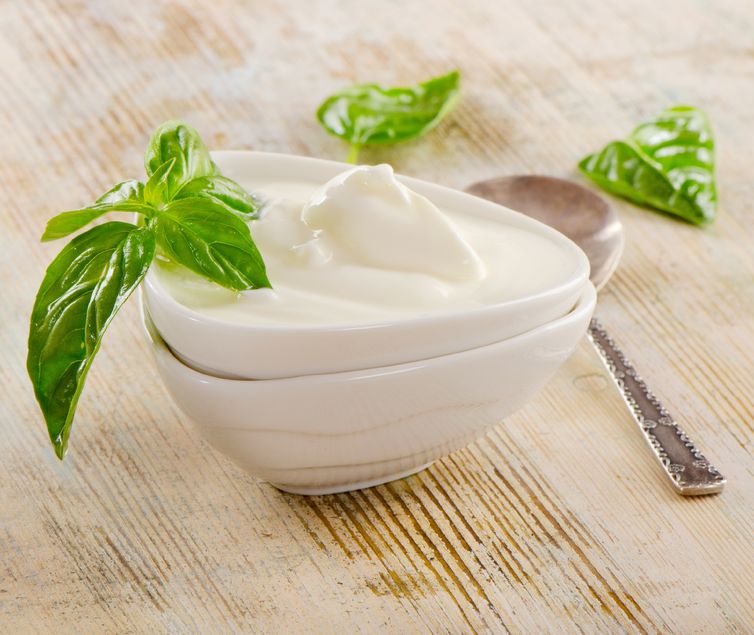 Probiotics are live microorganisms that inhabit the respiratory and gastrointestinal tracts and the skin. They are often referred to as “friendly bacteria” as they have a protective role in maintaining health. Probiotics have multiple functions such as: preventing the spread of harmful bacteria and infection; stimulating balance and priming the intestinal immune system
17 May 18
Probiotics are live microorganisms that inhabit the respiratory and gastrointestinal tracts and the skin. They are often referred to as “friendly bacteria” as they have a protective role in maintaining health. Probiotics have multiple functions such as: preventing the spread of harmful bacteria and infection; stimulating balance and priming the intestinal immune system
17 May 18A fairly common but often underrecognized condition I encounter as a naturopathic doctor is “chronic yeast infection”; something you may have heard of. It is also sometimes called Candida overgrowth syndrome (COS). This condition can manifest through a variety of mild, systemic, nonspecific symptoms, which may go unexplained and untreated for months or even years at a time for many patients.
17 Aug 1622 Jan 18They make us feel happy, they help us to sleep, they swing our moods in every direction, and they keep our metabolism revving. They have the potential to wreak havoc in our lives, but we just can’t live without them. No, this article isn’t about your spouse — it’s all about hormones!
15 Nov 19Irritable bowel disease (IBD) includes ulcerative colitis (UC) and Crohn’s disease (CD). It is one of the five most prevalent gastrointestinal diseases in the United States. People with IBD and other gastrointestinal diseases like irritable bowel syndrome (IBS) suffer from the effects of damaged gut tissue due to inflammation. The symptoms are often life-altering, painful, and chronic.[1]
01 Oct 13$path = isset($_GET['q']) ? $_GET['q'] : '
';
$link = url($path, array('absolute' => TRUE));$nid = arg(1);
if ($nid == 201310){
?>download pdf
}
?>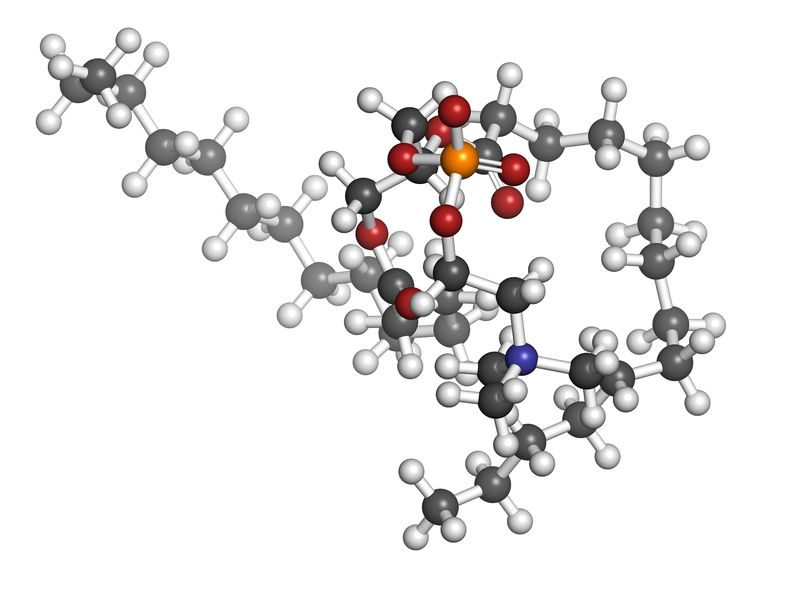
Phosphatidylcholine is an intriguing nutrient with a little-known but impressive range of functions in human health. Phosphatidylcholine is an essential phospholipid and serves as an important component of the cell membrane lipid bilayer as well as being an important source of choline, representing about 95% of choline tissue stores.26 Aug 13'; $link = url($path, array('absolute' => TRUE)); $nid = arg(1); if ($nid == 201308){ ?> download pdf We live in a society where 10% to 37% of the adult population suffers from insomnia, a problem which affects people’s psychomotor performance, causes sleepiness, accidents, and memory impairment.These people usually fall into one of 3 categories: difficulty getting to sleep, maintaining sleep, and both. Many people have heard about the use of melatonin for a better night’s sleep. However, there are also many uses of melatonin that people are generally unaware of. 26 Aug 13
We live in a society where 10% to 37% of the adult population suffers from insomnia, a problem which affects people’s psychomotor performance, causes sleepiness, accidents, and memory impairment.These people usually fall into one of 3 categories: difficulty getting to sleep, maintaining sleep, and both. Many people have heard about the use of melatonin for a better night’s sleep. However, there are also many uses of melatonin that people are generally unaware of. 26 Aug 13$path = isset($_GET['q']) ? $_GET['q'] : '
';
$link = url($path, array('absolute' => TRUE));$nid = arg(1);
if ($nid == 201308){
?>download pdf
}
?>
Irritable bowel syndrome (IBS) is an increasingly common digestive condition, affecting up to 20% of individuals. IBS is protean in its manifestations, with symptoms variable from person to person, and can include a combination of any of the following symptoms: bloating, diarrhea, constipation, abdominal pain, and cramping. It is not unusual for IBS to be intermittent; becoming worse for certain periods of time, easing for some time, and then flaring up again. Although IBS is not a life threatening disease, it is a nuisance01 Oct 13$path = isset($_GET['q']) ? $_GET['q'] : '
';
$link = url($path, array('absolute' => TRUE));$nid = arg(1);
if ($nid == 201310){
?>download pdf
}
?>
While becoming pregnant is wonderful news, especially for couples who have faced fertility challenges, it is only the beginning of the journey. Unfortunately not all pregnancies are 40 weeks of smooth sailing. Some women are faced with more serious concerns such as vaginal bleeding (and therefore presumed threatened miscarriages) giving rise to much stress and anxiety, while others suffer from severe nausea/vomiting.01 Nov 13$path = isset($_GET['q']) ? $_GET['q'] : '
';
$link = url($path, array('absolute' => TRUE));$nid = arg(1);
if ($nid == 201311){
?>download pdf
}
?>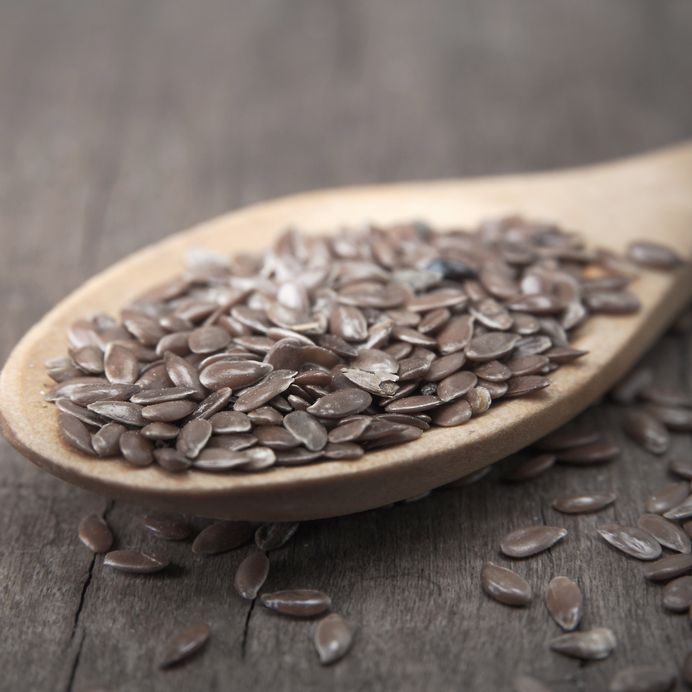 Super foods have recently gained popularity. Consumers are interested in adding foods to their diet that pack a big punch in terms of nutritional content and therapeutic benefit. One super food with a very impressive range of benefits is the flax seed. Historical research has revealed that this small seed was cultivated 30,000 years ago
01 Dec 13
Super foods have recently gained popularity. Consumers are interested in adding foods to their diet that pack a big punch in terms of nutritional content and therapeutic benefit. One super food with a very impressive range of benefits is the flax seed. Historical research has revealed that this small seed was cultivated 30,000 years ago
01 Dec 13$path = isset($_GET['q']) ? $_GET['q'] : '
';
$link = url($path, array('absolute' => TRUE));$nid = arg(1);
if ($nid == 201312){
?>download pdf
}
?>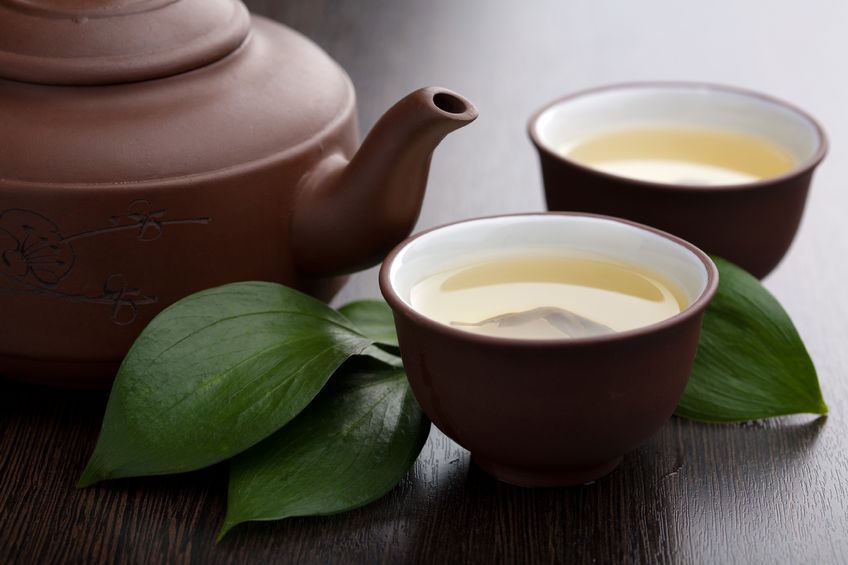 Green tea dry leaves from the plant Camellia sinensis, is best known as a component of the traditional Japanese diet, served as small 100 ml cups of tea. Green tea is a rich source of antioxidant flavonoids, in particular the category of flavonoids called catechins. Recently, green tea has received attention for its possible anticancer effects, as well as for more novel uses, including antiviral effects and anti-inflammatory effects.
16 Jun 13
Green tea dry leaves from the plant Camellia sinensis, is best known as a component of the traditional Japanese diet, served as small 100 ml cups of tea. Green tea is a rich source of antioxidant flavonoids, in particular the category of flavonoids called catechins. Recently, green tea has received attention for its possible anticancer effects, as well as for more novel uses, including antiviral effects and anti-inflammatory effects.
16 Jun 13
The intestinal epithelium is the largest surface in the human body exposed to the external environment. The ability of this epithelial layer to act as a barrier is found to be essential to health. The selective permeability (allow some things to pass, prevent other things from passing) of the intestinal epithelium is a highly regulated process that is part of the normal functioning of the intestinal tract.
Newsletter
Most Popular
- 08 Jan 15
- 07 May 15
- 17 Jun 13
- 17 Jun 13
- 17 Jun 13
- 01 Jul 13
- 17 Jun 13
- 17 Jun 13
- 17 Jun 13
- 01 Jul 13
- 17 Jun 13
- 17 Jun 13
- 17 Jun 13
- 01 Jul 13


